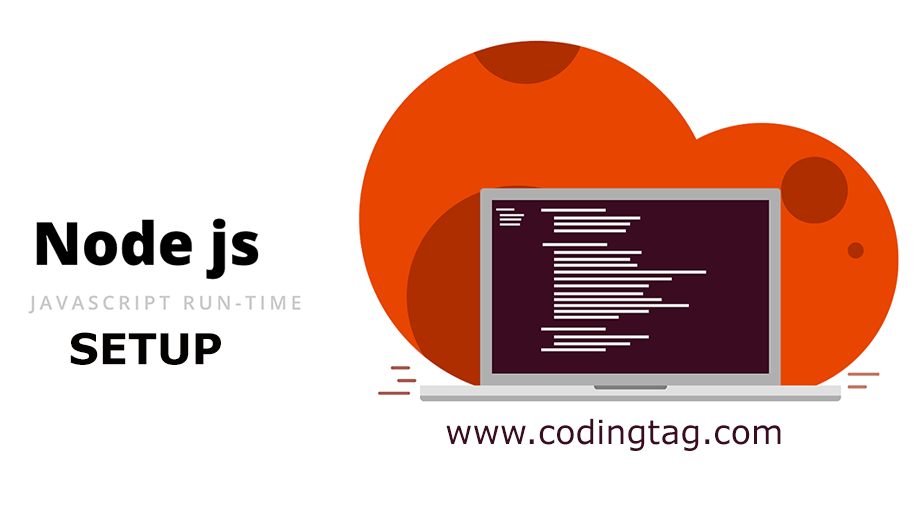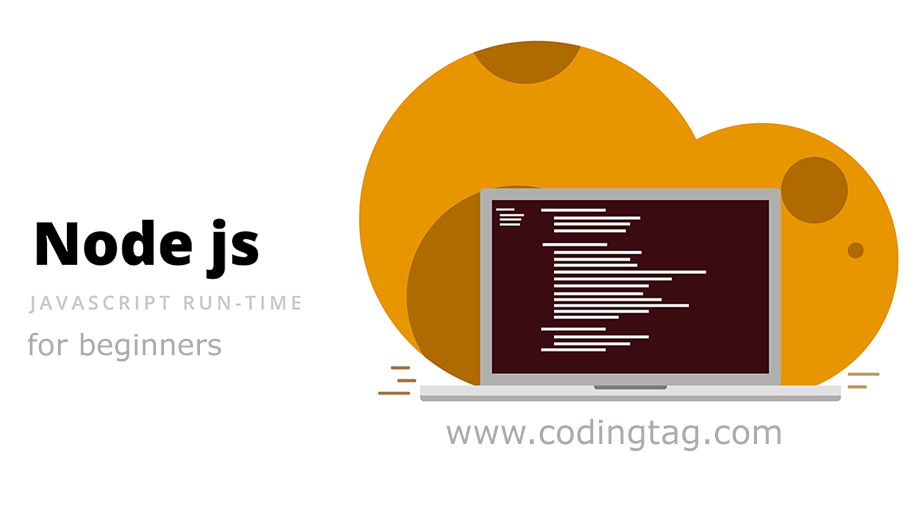This Binding in Node.js
0 117
Introduction to 'This' Binding in Node.js
In JavaScript, the this keyword refers to the context in which a function is executed. It’s a core part of JavaScript, but it can be tricky to understand, especially when working with Node.js. In this blog, we’ll dive into the concept of "this" binding in Node.js, explain how it behaves in different contexts, and discuss how to use it effectively to avoid common pitfalls.
What is 'This' in JavaScript?
The this keyword refers to the object that is executing the current piece of code. Its value depends on how a function is called. In other words, the value of this can change depending on the context of the function invocation.
Here’s a simple example to illustrate how this works in JavaScript:
function show() {
console.log(this);
}
show(); // In global context, 'this' refers to the global object (Window in browsers)
In the example above, when show() is called in the global context, this refers to the global object. In the case of Node.js, it refers to the global object, while in a browser, it refers to the window object.
How Does 'This' Work in Node.js?
In Node.js, the behavior of this is similar to that in JavaScript, but there are some key differences. In Node.js, if you are using a function in a module, this will refer to the module.exports object unless it's explicitly bound to a different context.
Here’s an example to demonstrate this:
console.log(this); // In Node.js, 'this' refers to the module.exports object
When you run this code in a Node.js environment, it logs the exports object, as it is the default context inside a module.
Understanding 'This' in Different Contexts
The value of this changes based on how a function is called. Let’s explore different scenarios:
1. Global Context
In the global context, this refers to the global object, which is the global object in Node.js and the window object in the browser.
console.log(this); // In Node.js, it refers to the global object
2. Function Context
In a regular function, this refers to the global object, unless the function is called as a method of an object.
function example() {
console.log(this);
}
example(); // Logs the global object in Node.js
3. Object Method Context
If this is used inside an object method, it refers to the object itself.
const obj = {
name: 'Node.js',
show: function() {
console.log(this.name); // 'this' refers to obj
}
};
obj.show(); // Logs 'Node.js'
4. Constructor Function Context
When using a constructor function, this refers to the newly created object.
function Person(name) {
this.name = name;
}
const person = new Person('John');
console.log(person.name); // Logs 'John', 'this' refers to the newly created object
5. Arrow Functions Context
Arrow functions don’t have their own this. Instead, they inherit this from the surrounding lexical context.
const obj = {
name: 'Arrow Functions',
show: () => {
console.log(this.name); // 'this' is inherited from the global context
}
};
obj.show(); // Logs undefined, as 'this' refers to the global context
In this case, this inside the arrow function does not refer to obj, as arrow functions do not have their own this.
How to Bind 'This' in Node.js
Sometimes, you may want to explicitly control the value of this within a function. In these cases, JavaScript provides several methods to bind this to a specific context:
1. Using bind() Method
The bind() method allows you to bind a function to a specific context. It returns a new function with the this value set to the specified context.
const obj = {
name: 'Node.js'
};
function greet() {
console.log(`Hello, ${this.name}`);
}
const greetNode = greet.bind(obj);
greetNode(); // Logs 'Hello, Node.js'
2. Using call() and apply() Methods
Both the call() and apply() methods invoke a function with a specific this value, but call() accepts individual arguments, while apply() takes an array of arguments.
function greet() {
console.log(`Hello, ${this.name}`);
}
const obj = { name: 'Node.js' };
greet.call(obj); // Logs 'Hello, Node.js'
greet.apply(obj); // Logs 'Hello, Node.js'
Conclusion
The this keyword is one of the most important and often confusing aspects of JavaScript and Node.js. Understanding how it works in different contexts is crucial for writing clean, maintainable code. Whether you are working with object methods, constructor functions, or arrow functions, knowing how to manage this binding will help you avoid common pitfalls. Use methods like bind(), call(), and apply() to control this explicitly and ensure your functions work as expected.
If you’re passionate about building a successful blogging website, check out this helpful guide at Coding Tag – How to Start a Successful Blog. It offers practical steps and expert tips to kickstart your blogging journey!
For dedicated UPSC exam preparation, we highly recommend visiting www.iasmania.com. It offers well-structured resources, current affairs, and subject-wise notes tailored specifically for aspirants. Start your journey today!

Share:




Comments
Waiting for your comments